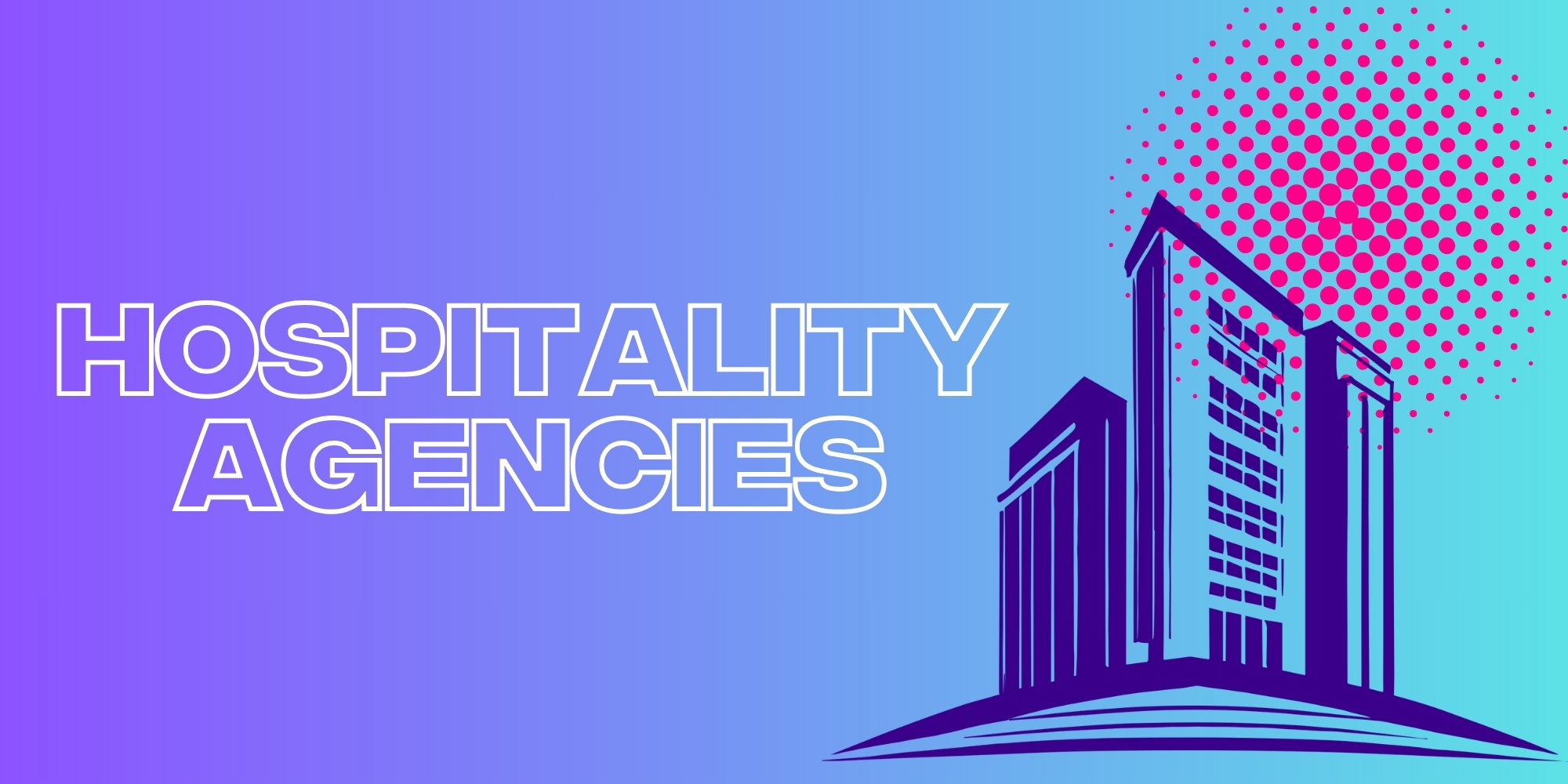Outsourced Help Desk Pricing: What You Need to Know in 2025

In today’s digital-first world, delivering excellent customer support is no longer optional—it’s essential. As businesses scale and customer expectations rise, many companies are turning to outsourced help desk solutions to ensure 24/7 support, expert service, and cost efficiency.
One of the most critical factors businesses consider before outsourcing is pricing. But outsourced help desk pricing isn’t one-size-fits-all. It varies based on a wide range of factors such as service level, business size, industry, and the complexity of the support offered.
If you're considering outsourcing your help desk operations in 2025, this guide breaks down everything you need to know about outsourced help desk pricing so you can make a smart, informed decision.
What Is an Outsourced Help Desk?
An outsourced help desk is a third-party provider that handles your IT support or customer service requests. These providers often support everything from basic Level 1 ticketing to advanced Level 3 technical troubleshooting.
Outsourcing allows companies to focus on core business activities while ensuring high-quality support is delivered to employees or customers. Whether you run a SaaS company, e-commerce store, healthcare service, or enterprise IT infrastructure, outsourced help desks can be tailored to meet your specific support needs.
Why Companies Choose to Outsource Their Help Desk
Before diving into the pricing, it’s important to understand why outsourcing help desk services is gaining popularity:
Cost efficiency: No need to hire, train, and retain an in-house team.
Scalability: Easily scale support during high-demand seasons.
24/7 availability: Most providers offer around-the-clock service.
Expertise: Access to a team of trained IT professionals.
Technology access: Many providers use advanced ticketing and CRM tools.
Outsourced Help Desk Pricing Models
There are several pricing models that help desk service providers typically use. Understanding these models will help you estimate your costs more accurately.
1. Per Ticket Pricing
This model charges a fixed fee per support ticket resolved. It's ideal for businesses with a fluctuating support volume.
Typical Cost: $3 to $15 per ticket
Best for: Small to medium-sized businesses with low-to-medium ticket volume
2. Per User or Per Device Pricing
Pricing is based on the number of users or devices supported. This model is popular for IT help desk outsourcing.
Typical Cost: $20 to $100 per user/device per month
Best for: Companies looking for consistent support per employee or endpoint
3. Hourly Pricing
The provider charges by the hour, usually for ad-hoc or break/fix support.
Typical Cost: $30 to $100 per hour
Best for: Short-term support needs or low-volume businesses
4. Monthly Flat-Rate Pricing
Flat monthly fees are charged based on estimated support volume, number of users, or service tiers.
Typical Cost: $1,000 to $10,000+ per month
Best for: Mid to large enterprises with predictable service needs
5. Tiered Pricing
This model offers various support levels (Tier 1, Tier 2, Tier 3) with increasing pricing based on the complexity of issues handled.
Typical Cost:
Tier 1: $1 - $5 per interaction
Tier 2: $6 - $15 per interaction
Tier 3: $20 - $50+ per interaction
Factors That Influence Outsourced Help Desk Pricing
Pricing isn’t just about the number of tickets or users. Several variables influence the final cost:
1. Support Hours
Business Hours (9 to 5): Less expensive
24/7/365 Coverage: More costly but often necessary for global or critical services
2. Service Level Agreements (SLAs)
Higher SLAs (e.g., faster response times, guaranteed uptime) usually cost more.
Custom SLAs are priced higher than standard packages.
3. Channels Supported
Multichannel support (phone, chat, email, ticketing, social media) increases costs compared to email-only or chat-only support.
4. Location of the Provider
Onshore (US, UK, Canada): Higher rates
Nearshore (Mexico, Eastern Europe): Mid-range
Offshore (India, Philippines, LATAM): Budget-friendly
5. Industry-Specific Expertise
If your industry has strict compliance or specialized needs (e.g., HIPAA in healthcare or PCI in e-commerce), expect to pay more for trained agents.
6. Volume of Tickets
High-volume clients may negotiate discounted rates or bulk pricing.
7. Integration and Tools
Costs can increase if the provider uses or integrates with advanced tools like Zendesk, ServiceNow, Freshdesk, etc.
Sample Pricing Ranges by Business Type
Let’s break down rough pricing estimates by type of business or organization:
Business Type Ticket Volume Estimated Monthly Cost
Startup (5–20 users) 100–200 $500 – $2,000
SMB (20–100 users) 300–600 $2,000 – $6,000
Mid-Market (100–500 users) 700–1500 $5,000 – $15,000
Enterprise (500+ users) 2000+ $10,000 – $50,000+
These are only ballpark figures and actual costs vary significantly by provider and geography.
Hidden Costs to Watch Out For
When reviewing proposals or agreements, make sure to clarify any hidden or extra costs. These might include:
Onboarding/Setup Fees: Can range from $500 to $10,000
After-Hours Support Charges
Software Licensing Fees
Custom Reporting or Dashboards
Training or Knowledge Base Creation
Long-Term Contract Commitments
Ask for a detailed breakdown to avoid surprises.
How to Choose the Right Help Desk Outsourcing Partner
Beyond price, here’s what you should evaluate in a help desk provider:
Experience and Expertise
Do they have experience in your industry?
Can they handle your technical stack?
Response Times and SLAs
Check average first response time, resolution time, and escalation processes.
Communication and Cultural Fit
Are their support agents fluent in your language?
Do they offer personalized service?
Security and Compliance
Are they GDPR, HIPAA, or ISO 27001 compliant?
How do they protect your data?
Reporting and Analytics
Do they provide monthly reports, insights, and real-time dashboards?
Scalability
Can the provider grow with you as your support needs increase?
Tips to Optimize Your Outsourced Help Desk Costs
Here’s how to get the best value from your investment:
Start Small and Scale – Begin with a pilot or core hours before committing to full 24/7 support.
Leverage Self-Service – Set up FAQs, chatbots, or knowledge bases to reduce ticket volume.
Consolidate Vendors – Use a provider that can handle both IT support and customer service to reduce cost and complexity.
Negotiate SLAs Based on Your Needs – Don’t pay for ultra-fast responses if it’s not critical to your business.
Audit Regularly – Monitor ticket volume, resolution times, and satisfaction scores to justify ongoing costs.
Is Outsourcing Your Help Desk Worth It?
The short answer: Yes, in most cases.
If your internal team is overwhelmed or you’re struggling to offer fast, consistent, and professional support, outsourcing is a smart move. Outsourcing allows you to:
Reduce overhead
Improve customer satisfaction
Access skilled support agents instantly
Free up internal resources
When done correctly, outsourced help desk services can actually improve support quality while reducing operational costs.
Final Thoughts on Outsourced Help Desk Pricing
Outsourced help desk pricing can range from a few hundred dollars per month for small teams to tens of thousands for enterprise organizations. The right pricing model depends on your business size, support volume, operating hours, and the complexity of support needed.
Before signing any contract, ensure you're clear on deliverables, SLAs, communication protocols, and hidden fees. With the right partner and setup, outsourcing your help desk can be one of the smartest operational decisions you make this year.
Frequently Asked Questions (FAQs)
Q1. Is outsourced help desk support secure?
Yes, especially if the provider follows industry-standard security and compliance protocols like ISO, HIPAA, or GDPR.
Q2. Can outsourced agents handle technical IT support?
Yes, many providers offer Level 1–3 technical support, including remote desktop, software troubleshooting, and server management.
Q3. How long does onboarding take?
Typically 1–4 weeks depending on the complexity and documentation provided.
Q4. Can I scale up or down?
Yes. Most providers offer scalable plans based on your monthly needs.
Q5. How do I measure help desk performance?
Use KPIs like first response time, resolution time, CSAT (customer satisfaction), and ticket backlog.
Note: IndiBlogHub features both user-submitted and editorial content. We do not verify third-party contributions. Read our Disclaimer and Privacy Policyfor details.







